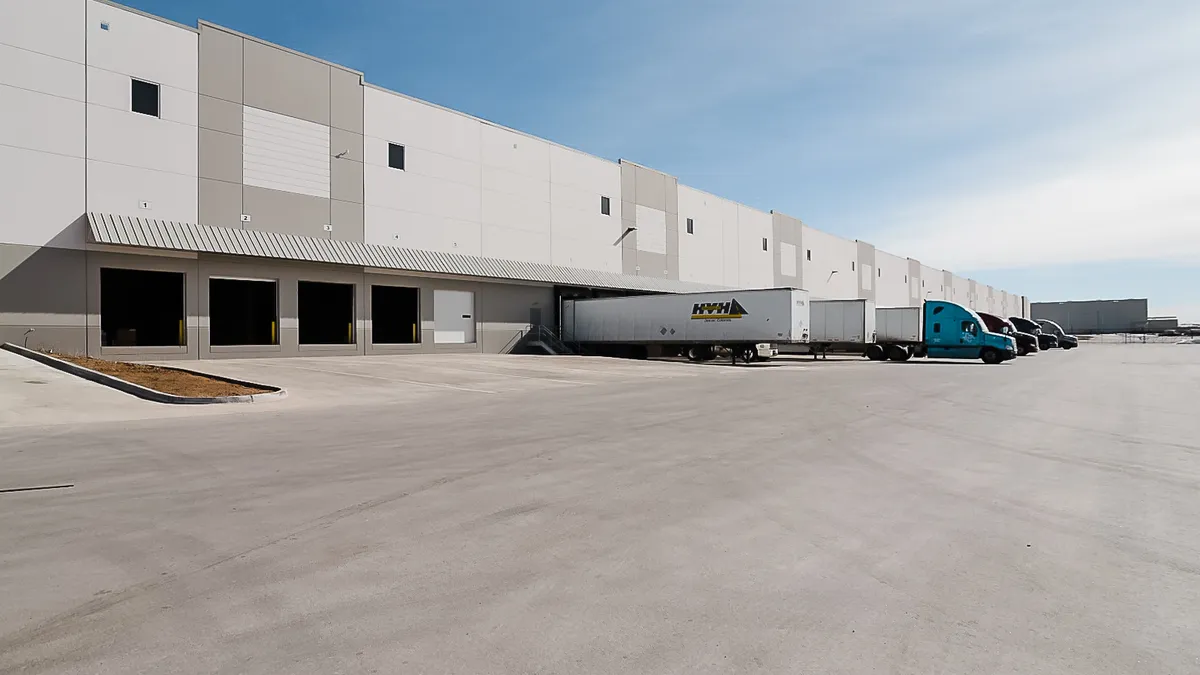Dive Brief:
- There are 14 industrial real estate markets in the U.S. that stand out "as strategic options for investors" thanks to high demand for warehouse space in the markets, according to a new report from CBRE.
- "These markets offer the infrastructure, labor availability, connectivity to major ports, and the real estate fundamentals needed to support strong growth going forward," Jack Fraker, the vice chairman and managing director of CBRE Global Industrial and Logistics, said in a statement.
- Demand has outpaced supply in these 14 markets by a combined 89 million square feet since 2013, according to CBRE.
Dive Insight:
Some cities in the 14 markets make good candidates for new warehouse construction, while buying already constructed warehouses would be the better option in other locations. In El Paso, Texas, for example, investors could look at developing new buildings thanks to the city's "extremely low levels" of construction and low vacancy rate. But Savannah, Georgia, has limited land availability and a lot of newly constructed buildings, so investors might instead look at buying existing warehouse space, Matthew Walaszek, the CBRE associate director of Industrial and Logistics Research, told Supply Chain Dive in an email.
"I would point to Phoenix as having opportunities in both regards, due to the availability and affordability of land, and robust demand for warehouse space, supported by employment and population growth along with good infrastructure upgrades," Walaszek said.
When the net absorption exceeds new completion, it is a sign of strong demand for warehouse space in the market, Walaszek explained.
Some of the 14 locations benefit from populations that are generating a growing e-commerce market. The proximity to infrastructure also plays an important role in warehouse demand in these regions. Savannah, Georgia, and Central Valley, California, benefit from being close to ports. Dayton, Ohio, and St. Louis provide access to North-South and East-West interstates, allowing for goods to be easily distributed in any direction across the country. El Paso, Texas, also benefits from its location as a major hub for goods traveling between the U.S. and Mexico.
Other cities, like Detroit and Phoenix, are seeing demand for industrial space thanks to strong manufacturing sectors.
The growth in e-commerce has largely been given credit for the high demand in warehouse space in recent years as retailers look to get their merchandise as close as possible to the customers who buy it online. In the last decade, the U.S. has added more than 2,000 buildings classified as either warehouse or storage, according to the Bureau of Labor Statistics. Even so, demand in the U.S. has outpaced supply since 2010, according to CBRE. This led to the availability of industrial real estate falling earlier this year to its lowest level since 2000.
This growth is expected to continue in the coming years, but the rate of growth is expected to slow, according to Deloitte.














